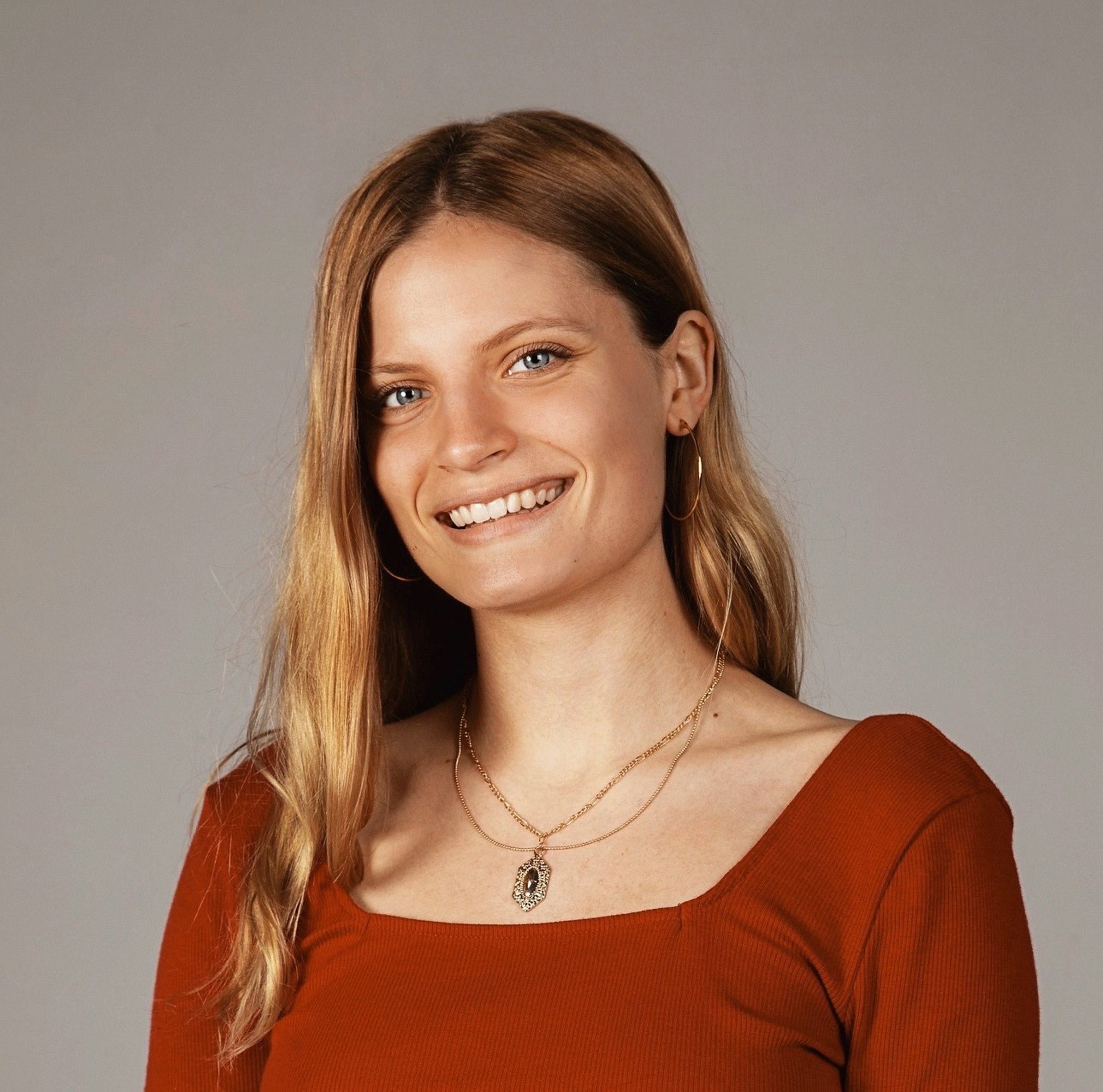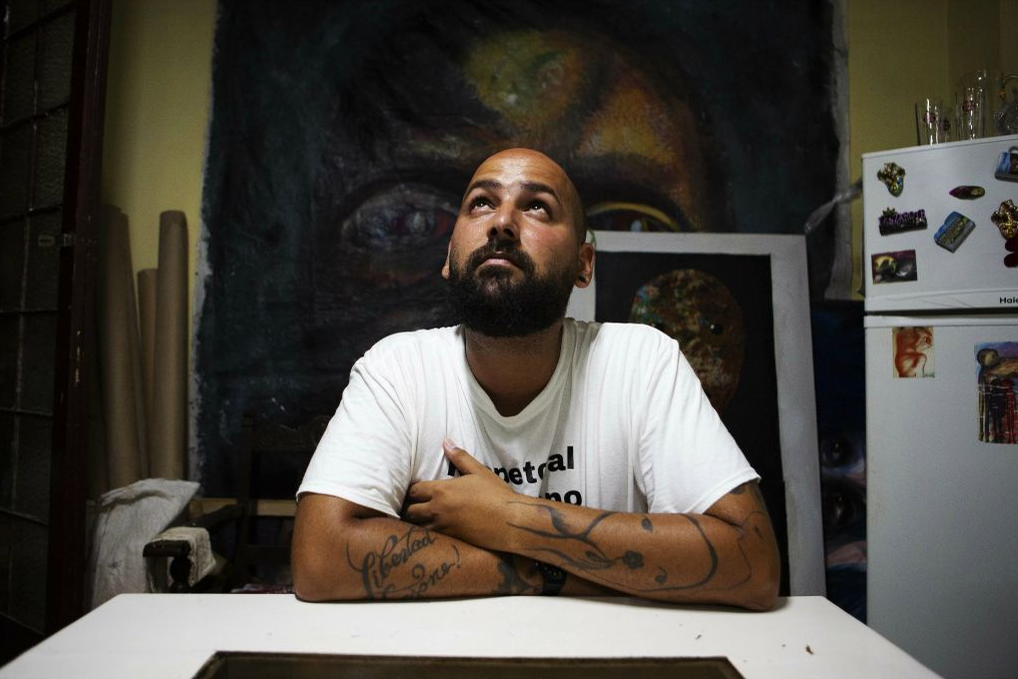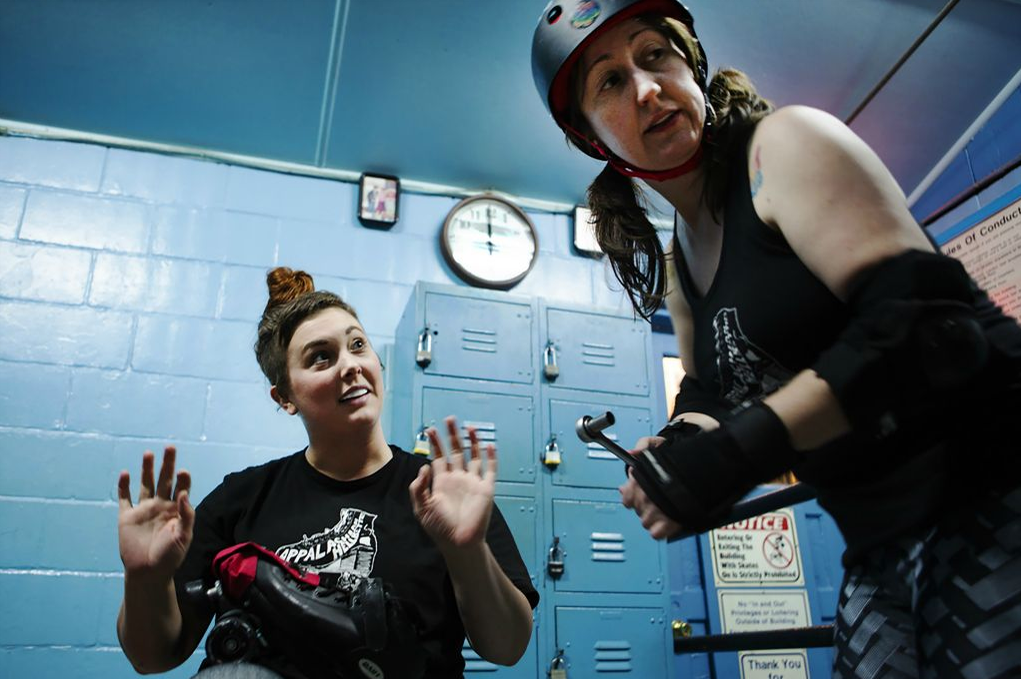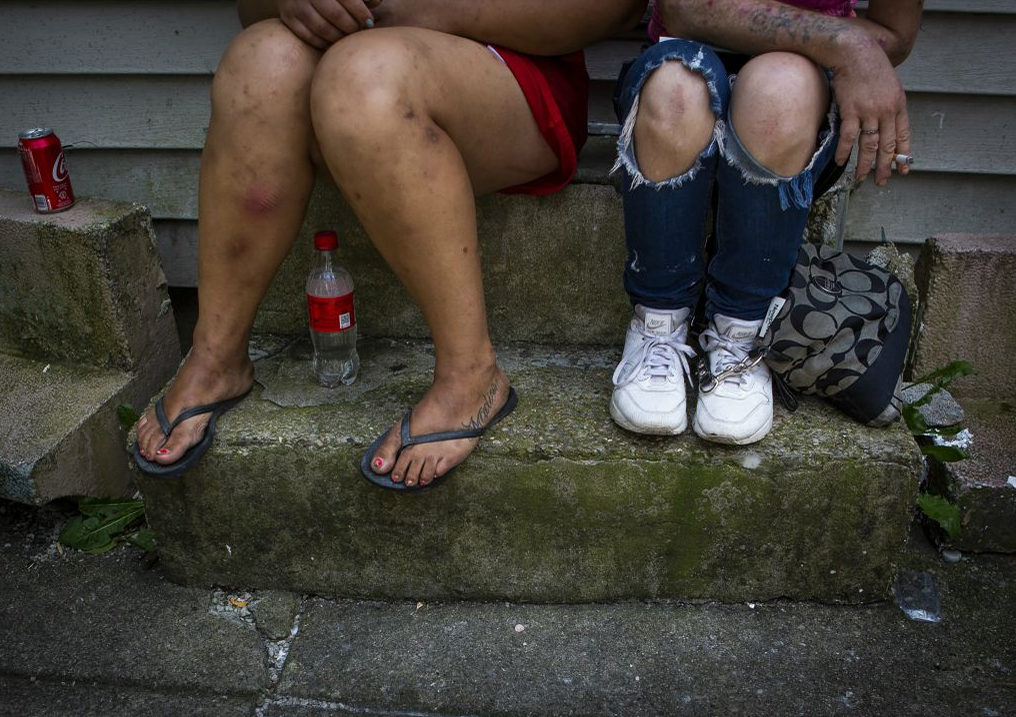
Madeleine Hordinski
Madeleine Hordinski, an undergraduate from Ohio University, won the Jimi Lott scholarship.
Accomplishments
I’m a photojournalist from Cincinnati, Ohio, double majoring in visual communication and anthropology at Ohio University. I love working on projects and photo stories where I can blend my interests in photojournalism and anthropology; learning about ethnographic methods and photography simultaneously has informed my perspective as a photojournalist.
This summer, I lived in Havana, Cuba, for a month while I completed research for my visual anthropology thesis about art and censorship (see that project here: https://www. madeleine-hordinski. com/cuba-project). I also interned as a photojournalist for the Pulitzer Prize-winning Cincinnati Enquirer.
This school year, I’m thrilled to serve as the president of the OU chapter of the National Press Photographers Association (NPPAOU), which means that I have had the pleasure of serving on both the first and second all-female boards on campus. As the president, I plan weekly events for photojournalism students to help build our community within the school of visual communication. I put together our school’s first POY contest (OU-POY) judged by The Columbus Dispatch. I created a gallery display showcasing the work of the gold and silver winners. I also bring in acclaimed photojournalism speakers, run our mentorship program, and help students prepare for internships.
My work has been recognized by Photo District News (PDN), The National Press Photographers Association (NPPA), and the Ohio News Photographers Association (ONPA), among others. I’ve received multiple competitive grants for visual research I conducted in Paris, France, and Havana, Cuba, that include but are not limited to: the Student Enhancement Award, the Honors Tutorial College Dean’s Grant and the Provost Undergraduate Research Scholarship. Furthermore, I volunteered to film and edit a grant video for Tikkun Farm in Mount Healthy, Ohio, that supports refugees from Bhutan; the farm later received the $10,000 grant. I also volunteered at Passion Works last year, an art studio that works with artists with disabilities.
Career Goals
I hope to continue being a visual storyteller and to always use visual research as a form of solidarity and advocacy. The visual anthropology project I worked on for the last two years in Havana, Cuba, is the kind of project I hope to pursue in the future: projects that aim to advocate for those who are not easily able to share their story.
NOTE: Hordinski’s first-person account of Coronavirus Lockdown published on the BBC News website, April 22.
Portfolio
Click on pictures to see stories.
I Have to Live Free
“I was kidnapped inside my own home,” Yulier Rodriguez, 30, of Havana, Cuba, said. He is a visual artist, a quite prolific one, in fact. Before 2017, Yulier’s politically-motivated street paintings were estimated to have covered over 200 walls in Havana. Now, Yulier calculates, there are only about 20 full paintings left. Most have been covertly destroyed by the government at night. The morning after, the murals look like they’ve succumbed to the natural decay that affects Havana’s buildings.
“You start to be censored when you (have) a level of credibility or promotion that affects the image of the government,” he said. And for Yulier, censorship wasn’t the only punishment for his political art; he was also kidnapped and thrown in jail. “They kidnap you, they interrogate you for five hours … they throw you between shit and trash and between criminals,” Yulier said.
Jail wasn’t the only punishment the Cuban government inflicted — it also threatened his family: it threatened to expel his girlfriend from her university and eliminate his mother’s prescription medication that she needed to survive.
But Yulier still paints. “I am part of a generation that grew up in fear. What I do is the result of all of that fear … All the frustration, all the impotence with which the Cuban people live. Fear, hunger, misery … all that accumulation of resentment,” he said. And Yulier’s work manifests these ideas. “My work talks about…part of the history that I have had to live and of which I am the witness.”
When Yulier was imprisoned, the Cuban government forced him to sign a document saying he would never again paint on public walls. Yulier hasn’t painted on them since, but he’s found other ways to display his work in public; he doesn’t want people to continue to be brainwashed by the government. So — he continues to paint. He’s painted on rubble and on top of taxis so that the Cuban people can still see his messages of dissent everywhere.
When asked why he still paints despite threats and imprisonment, he said: “I am simply a person who decided to live without fear and decided to live free. And in front of me, I will not endure injustice.”
*For readability, quotes have been translated from Spanish to English.
Singles Collection
This is a collection of my favorite single images that have been made within the last year.
The Cincinnati Epidemic
Heroin has plagued Cincinnati for a long time, and the summer of May 2019 was no exception. Overdoses kept a consistent grip in several neighborhoods, and certain areas in and around Cincinnati were hit harder than others. This photo essay, while still in progress, examines the communities and people in Cincinnati whose lives have been permanently altered by this epidemic.



